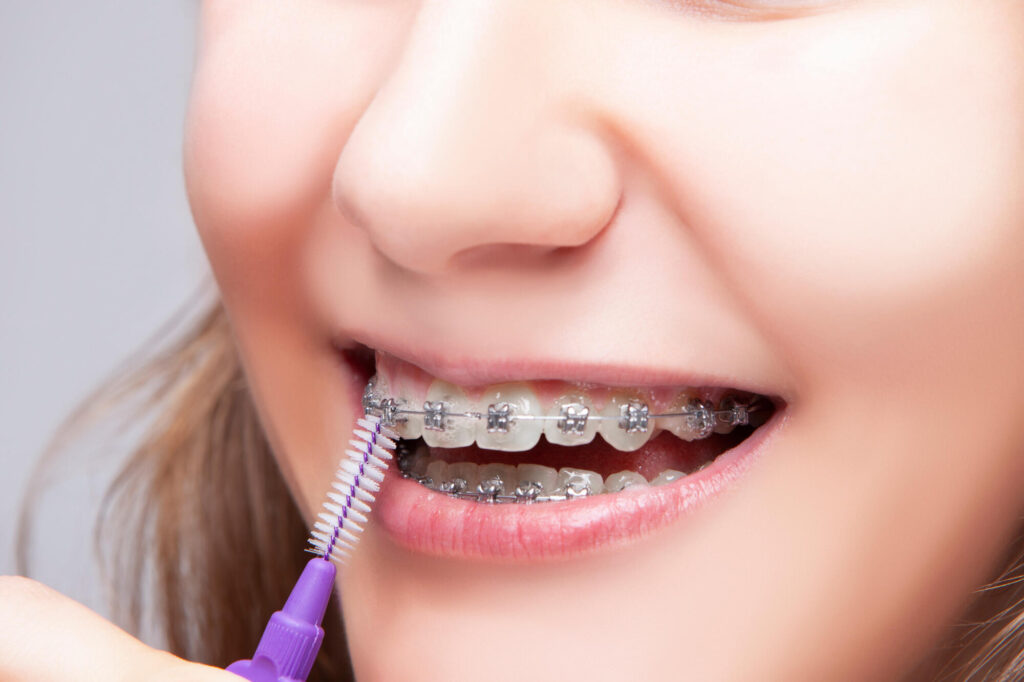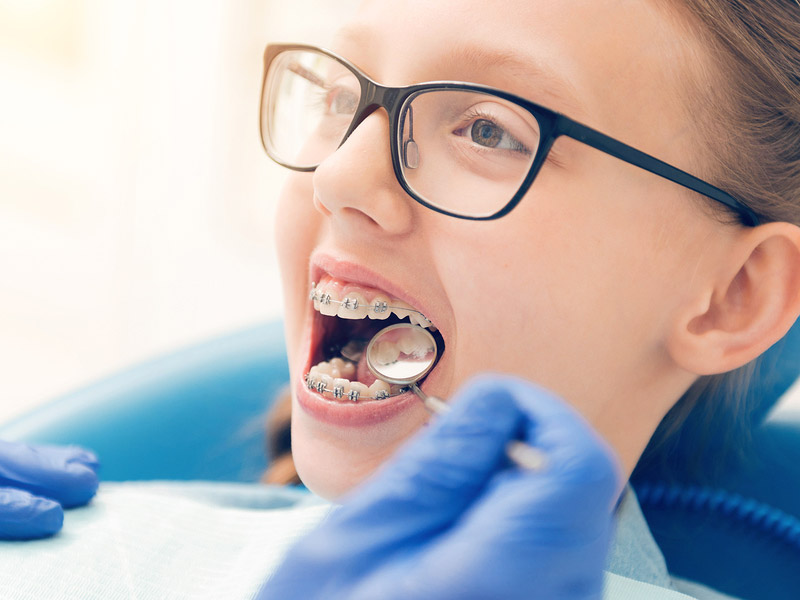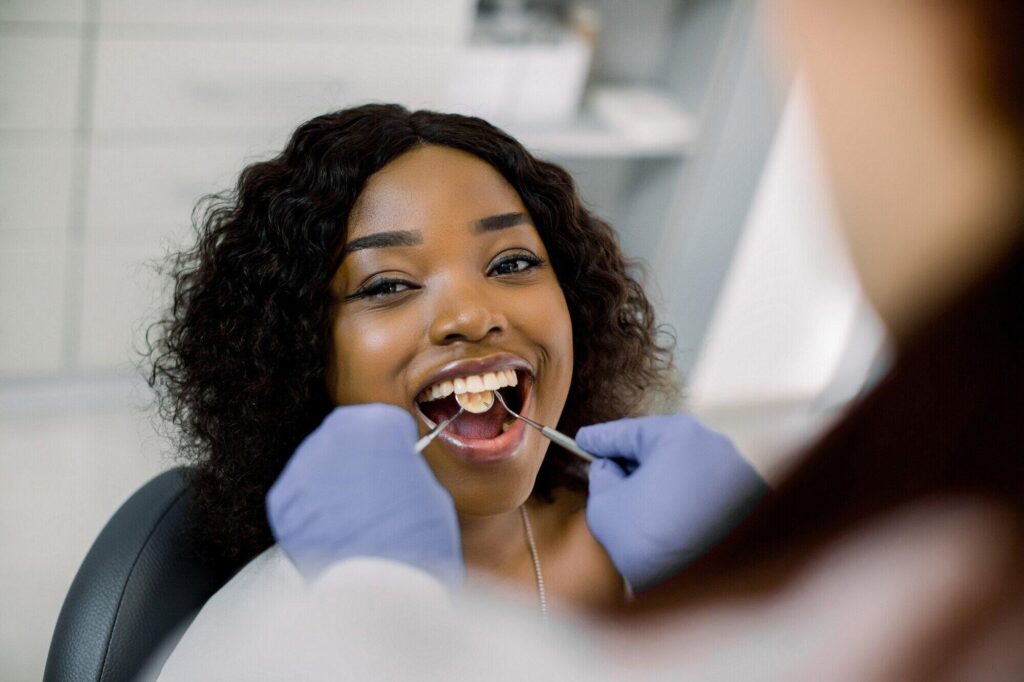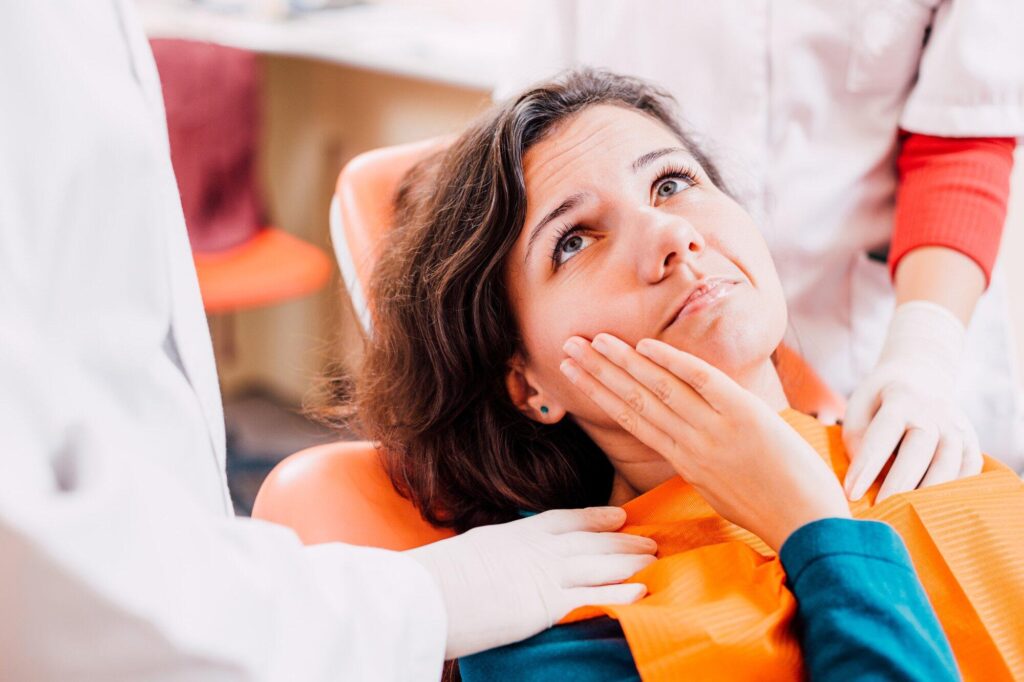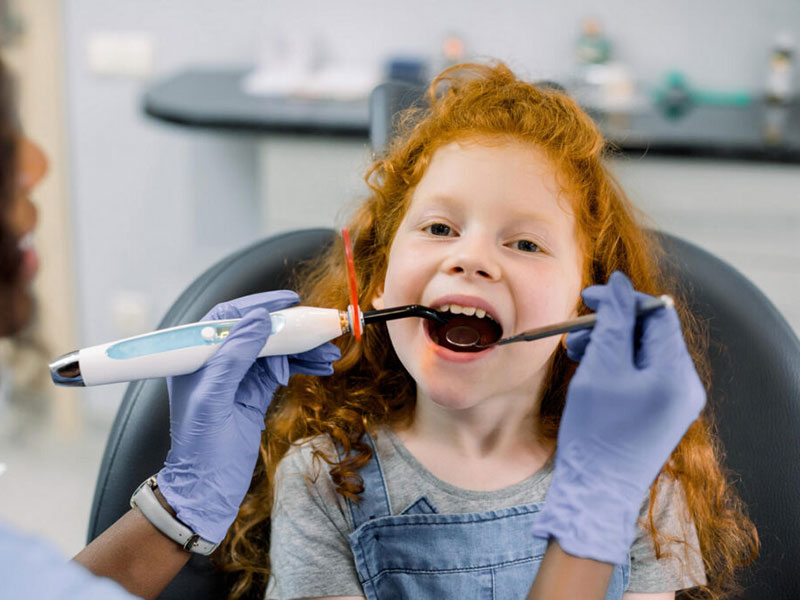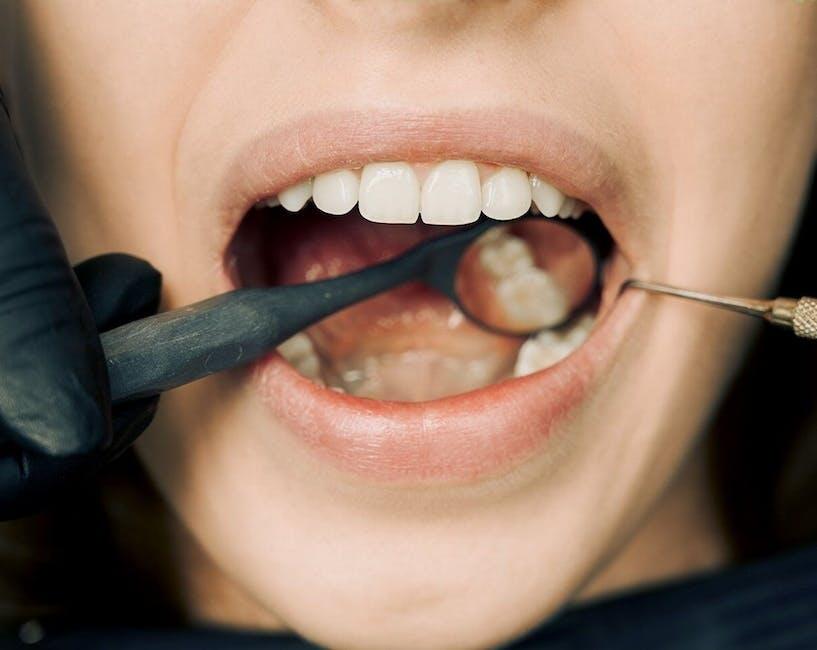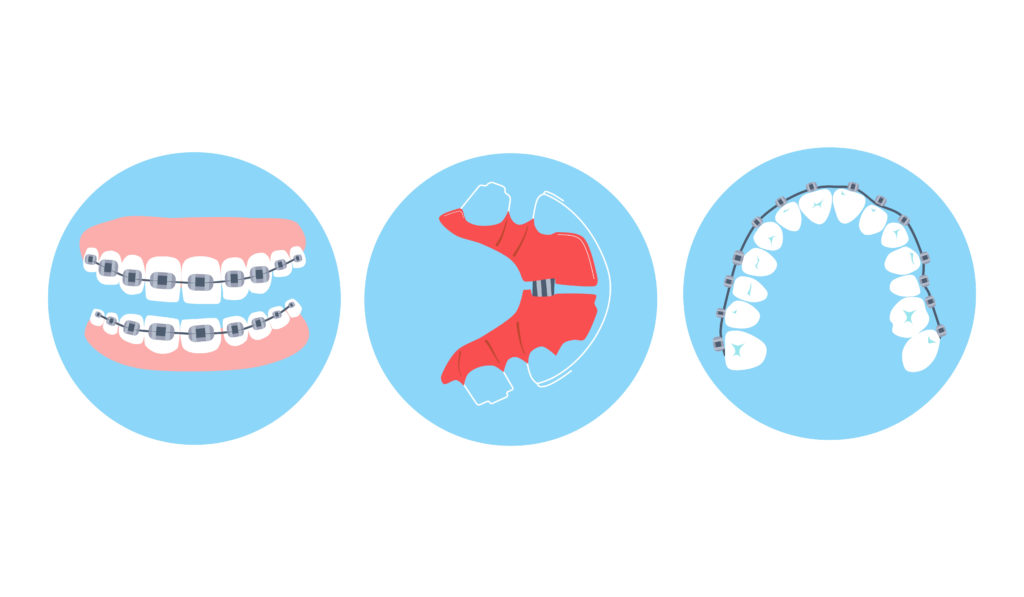August 14, 2024
Many people who get braces anticipate the day they can be removed to show off their pearly whites. While time plays a big role in the duration of wearing braces, another factor can be just as significant.
Added challenges to oral hygiene arise with a mouthful of braces. Around three million teens and adults who wear them struggle with daily cleaning and hygiene. Although cleaning between metal, bands, and teeth can be difficult, preventing decay is essential.
Read on for expert tips on floss with braces and keep your mouth clean!
Get Softer Bristles
While some people think pressure while brushing improves oral hygiene, it can cause serious damage. Soft bristles are strong enough to remove debris and plaque, but they won’t impact your gums, wires, or brackets.
Softer brushes aren’t as tightly packed with bristles, and they tend to be more flexible than hard or medium options. With increased flexibility and strategic placement, bristles can clean around wires and brackets. Another reason to invest in soft bristles is to prevent enamel from wearing down.
Since you can’t always anticipate dental problems, you must learn how to handle emergency ortho situations at home.
Use Water to Floss with Braces
Did you know you can remove buildup around your teeth and gums with water? With enough pressure and precision, water can keep your teeth and braces clean without cutting into your gums.
Water flossers are highly recommended by our team since they are effective and gentle. These electric flossers won’t damage braces but are strong enough to remove plaque. We suggest using low pressure to prevent damage to braces and a stinging sensation from the pressure.
Traditional flossing with braces can be problematic, especially with low-quality dental floss. Not only can it cut into gums while trying to work around braces, but the fibers can also get caught in the metal.
Brush After Each Meal
Although it can feel like a nuisance at first, brushing after meals will be worth every moment behind the sink. People have a hard enough time trying to clean their teeth, let alone when they have braces.
Brackets and wires can trap more food and sugar in many spots. While brushing twice a day is good for some, those with braces need to remove the problems before they stick.
Take a Smart Approach
There’s a special technique that helps people keep their mouths clean with braces. While it’s common to focus on pearly whites, the gums should take priority while brushing.
Angling your toothbrush will help get between the teeth, around the gums, and against brackets. A straight-on approach can be abrasive on the materials. Use a circular motion and gently press the toothbrush on the teeth to loosen debris and remove plaque.
You won’t properly clean your teeth if you’re not spending at least two minutes on your technique. Give yourself enough time to brush so that future dental problems don’t develop.
Keep Mouthwash Handy
No matter how much you practice brushing with braces, it’s challenging to get rid of all the bacteria. For smaller particles, mouthwash can loosen items and keep your teeth, gums, and brackets clean.
There are many mouthwashes, so you can pick whichever suits your preferences the most. Gently swooshing the mouthwash between teeth can get to the most difficult locations around braces.
Another reason to keep mouthwash handy is to ensure bacteria doesn’t build up around the gums or on the tongue. Once bacteria starts accumulating in the mouth, it can quickly spread and result in cavities.
Turn the Lights On
If you’re searching for an effective trick to clean around braces, you don’t want to be left in the dark. Many people brush their teeth in the dark, in preparation for bedtime or as they start the day.
Flipping the switch on can help prevent injuries and missed brackets. Cleaning around the archwire is hard, especially if you can’t see well. You might miss cleaning obvious dental debris. You also want to keep the lights on to identify broken brackets or vulnerable wires.
Let Floss Picks Do the Dirty Work
Bringing a water flosser to work or school can attract unwanted attention, but there’s a more subtle solution. Floss picks combine toothpicks and floss for effective dental hygiene procedures.
Floss picks are affordable and easy to find in stores and online. One end of the floss pick is pointed, creating an ideal dental tool for removing plaque and food. This is a highly effective strategy for getting into tight spaces, but you must use them with caution because of these points.
Avoid rushing while using floss picks and only apply gentle pressure. This will avoid unpleasant cuts and pokes.
Find Your New Braces Care Routine for a Better Smile
People who don’t know how to properly brush and floss with braces are disappointed when they discover they still get cavities. Not only can debris cause decay, but it can also extend timelines for wearing braces and take a toll on self-esteem.
Learning how to navigate braces and oral hygiene can be intimidating, but at SouthShore Orthodontics, your family isn’t alone. Whether you or your child needs braces, some tips can keep teeth clean and straight, with the latest tech and our helpful orthodontic team, your family can smile with confidence.
If you’re looking for more orthodontic solutions, we’re here to help. Give us a call for quick assistance and get your appointment scheduled today!

